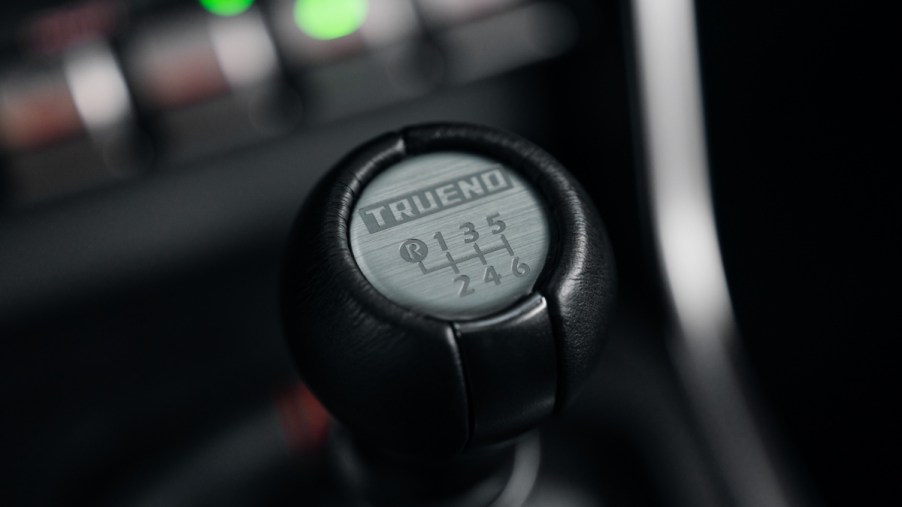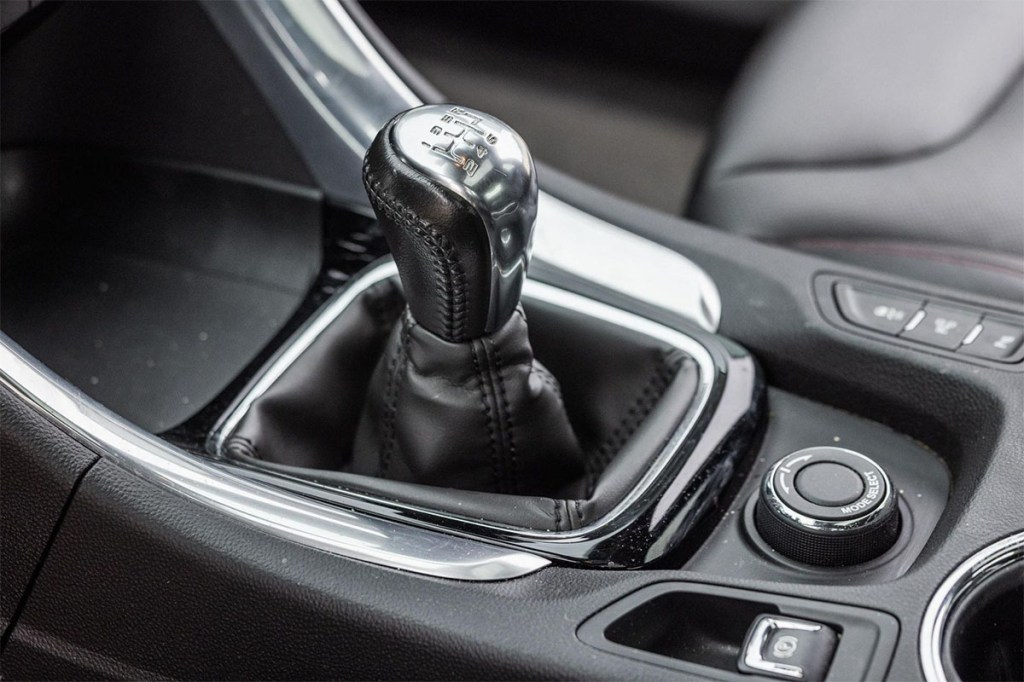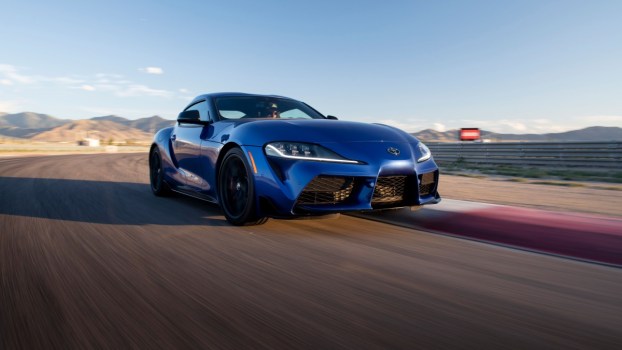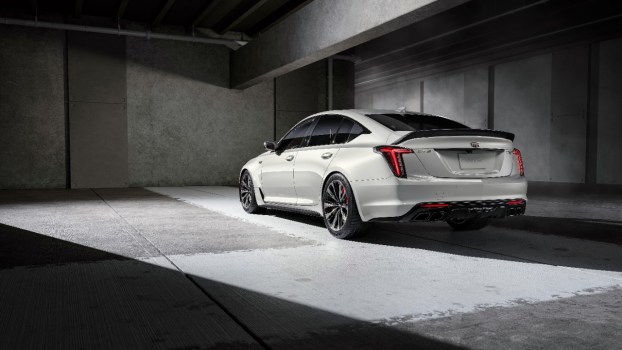
Why Do Driving Enthusiasts Prefer Cars With a Manual Transmission?
Just when we thought cars with manual transmissions, also known as “stick shifts,” were going the way of the dodo bird, they are now making a comeback. Although many cars with automatic transmissions nowadays are far more efficient and even quicker than those with shift-it-yourself transmissions, some automakers are still choosing to “save the manual.”
That’s great news for driving enthusiasts! But for anyone wondering why, here are a few reasons that stick shifts are preferred by many drivers and enthusiasts alike.
Cars with manual transmissions (stick shift) allow for more control

Although many automatic transmissions in the market today shift gears within a fraction of a second, there’s almost nothing better than operating a clutch and stick shift. Many late-model cars come with paddle shifters behind the steering wheel designed to shift the gear manually. But they don’t give the same feeling as a stick shift.
Additionally, cars with automatic transmissions utilize computers and other sensors to choose the optimal gear to be in any given situation. This works well when the car needs to climb or descend a hill or drive in inclement weather.
However, with a manual transmission, a driver can choose which gear they want, depending on the situation. They can also shift at a high RPM during performance driving, which many automatics don’t do for fuel-saving purposes.
Driving a car with a manual transmission is more engaging
While operating a clutch and stick shift can be cumbersome for some drivers, it offers more driver engagement. Automatic-equipped vehicles provide a point-and-shoot affair, which takes the workload off the driver. However, this lack of engagement can put the driver on autopilot on most drives.
Conversely, driving a car with a manual transmission requires more driver attention, making the car more engaging to drive. Shifting through the gears also requires down-shifting, which could be smoothed out via rev-matching. This technique alone requires some attention and skill.
Additionally, driver assist features like adaptive cruise control are not widely seen on cars with manual transmissions, which leads to more driving engagement during highway cruising.
Some stick shift cars command higher resale value

Although only a small percentage of drivers and enthusiasts will seek cars with manual transmissions in the used market, there are fewer stick-shift cars in the market, which makes them more desirable.
Forbes notes that “their low volume and the fact that they appeal to driving enthusiasts will help retain resale value – keep in mind that manual transmission vehicles comprise fewer than five percent of new cars leaving factories today.”
Cars with manual transmissions are cheaper to repair
Lastly, automatic transmissions have many more moving parts in them, which makes them costly to repair. On the other hand, a manual transmission has fewer parts to repair. It’s also typically cheaper in the aftermarket, depending on the car.
There are a few reasons why many drivers and enthusiasts prefer cars with manual transmissions. Fortunately, the manual transmission may not be deceased soon – especially since some electric cars are even using them.





